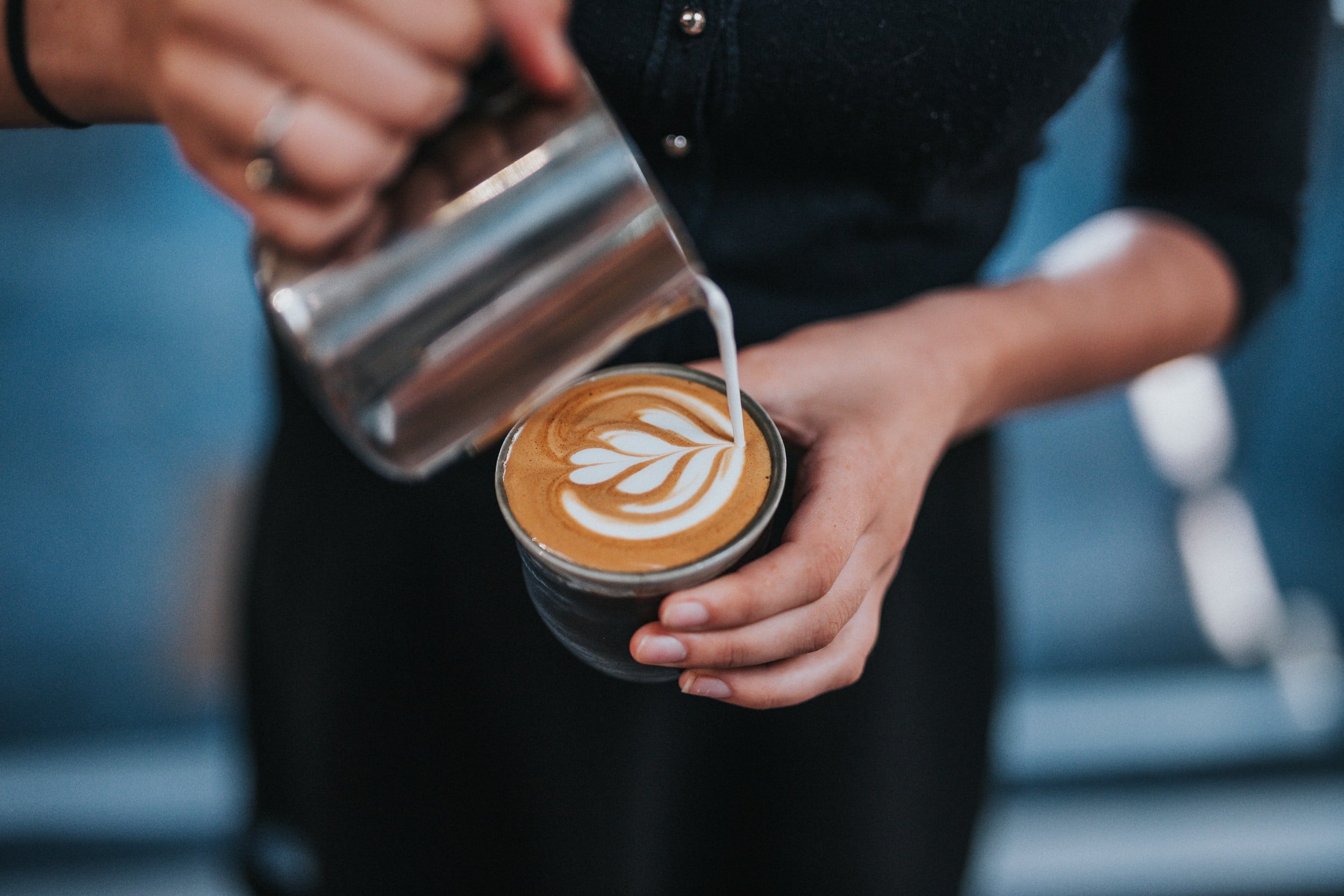The Science Behind Latte Art
Have you ever wondered how baristas make beautiful latte art? Well, it comes down to the science of milk foams and espresso. According to Mental Floss, a latte consists of 2/3 milk, 1/6 foam, and 1/6 espresso. Latte art depends on the stability of the foam on top of the milk and espresso. Keep reading to learn more about the science of lattes.
Foam Stability
A foam is a mixture of a gas dispersed in a liquid or a solid. In this case, air is dispersed in the milk of the latte. The three components that impact the stability of milk foam are temperature, fat content, and foam preparation. Each kind of milk has different levels of protein and fat, which affect its stability at different temperatures. As baristas steam the milk, proteins in the milk causes air bubbles to form. The more fat the latte has, the less foam the milk can create. Skim milk for example is a stiffer foam which is not optimal for pouring latte art. Baristas use a special nozzle in order to release steam at a controlled rate. The nozzle froths the milk to keep the size of the bubbles small. If milk is frothed for too long, it can start to denature and curd.
Pouring Techniques
Since I am not a rebound latte artist, I think that it is important for masters to show the techniques of latte art. Here are some helpful videos for anyone getting into latte art.
Chandan, R. Properties of Milk and Its Components. Dairy-Based Ingredients.; Amer Assn Of Cereal Chemists, 1997; pp 1-10.
Rouimi, Sandrine, et al. "Foam stability and interfacial properties of milk protein–surfactant systems." Food Hydrocolloids 19.3 (2005): 467-478.
Oetjen, Katrin, et al. "Temperature effect on foamability, foam stability, and foam structure of milk." Colloids and Surfaces A: Physicochemical and Engineering Aspects 460 (2014): 280-285.

